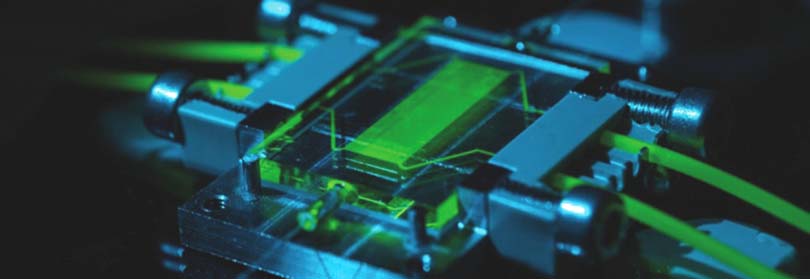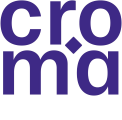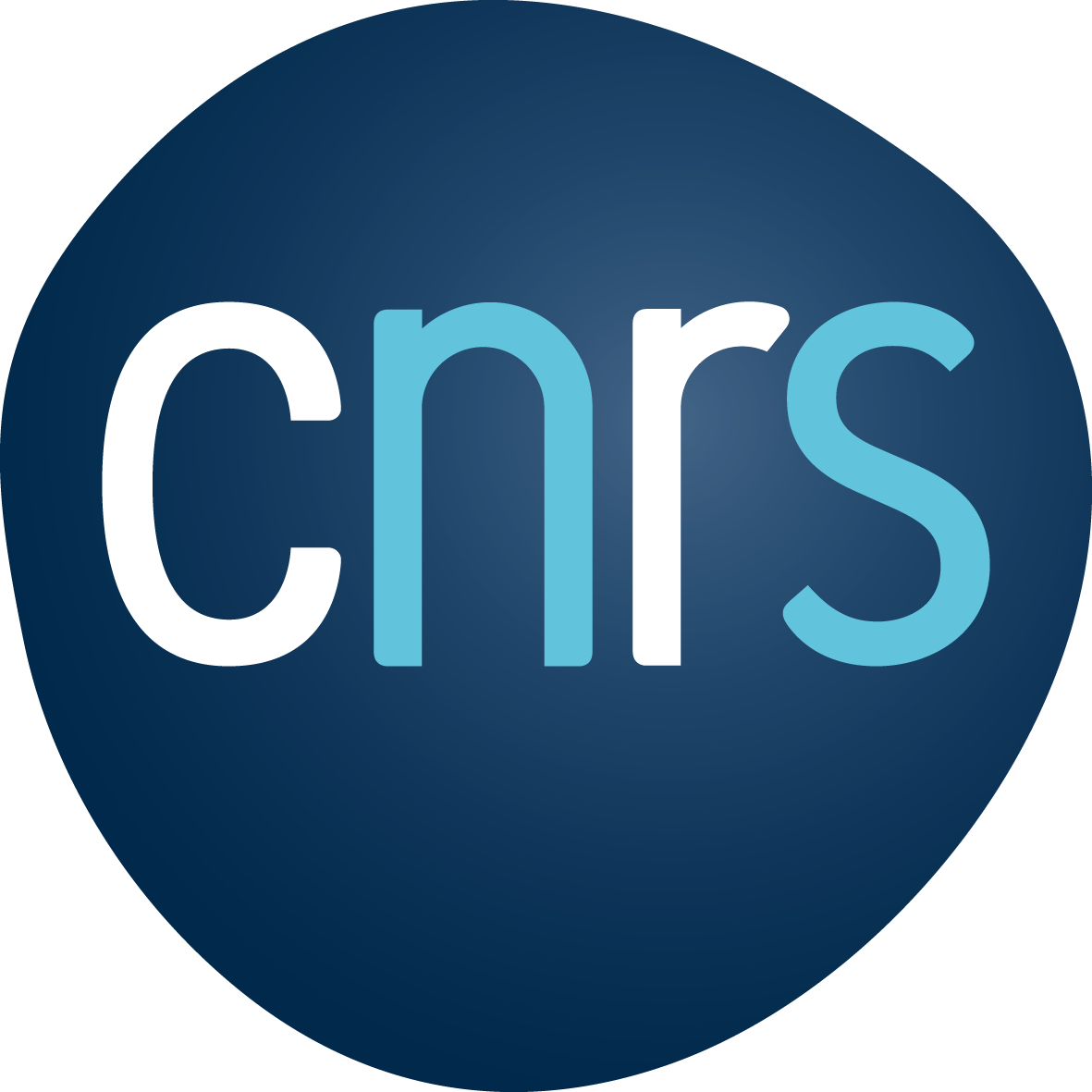PhD Defense of Thi-Hong-Lê DAM
Published on February 10, 2023
A+Augmenter la taille du texteA-Réduire la taille du texteImprimer le documentEnvoyer cette page par mail
Defense of doctoral thesis of Thi-Hong-Lê DAM, for the University Grenoble Alpes, speciality " OPTIC & RADIOFREQUENCIES ", entitled :
IUT de Chambéry, Amphi 9G-140
28 avenue du Lac d'Annecy
73376 Le Bourget du Lac
3D Intelligent Antenna Design for 5G FWA Applications

Thi-Hong-Le DAM
Friday, february 24, 2023 at 10am
Keywords :
Frequency Selective Surface,Printed radome,5G
Abstarct :
In recent years, 5G FWA (fifth generation mobile network Fixed Wireless Access) is being developed to provide broadband and high-speed connections in the context of an increasing number of devices connected wirelessly. In this technology, the two main families of peripherals encountered are: the AU (Access Unit) and the CPE (Customer Premise Equipment). 5G FWA brings many advantages such as high throughput, low latency and flexibility. In France, the main bands used for research or deployment of 5G are the frequencies already previously used for 2G, 3G, 4G, as well as the 3.4-3.8 GHz band and the band around 26 GHz. The four major operators in France (Bouygues Telecom, Free Mobile, Orange and SFR) have registered to use the frequency bands in the 3.4-3.8 GHz band in 2020 and deploy them civilly. The 26 GHz band, although unexplored in civil telecommunications, is a very promising band to solve the problem of the explosion of data consumption.
Although there are many advantages, the main challenge with 5G FWA is the losses encountered at these kinds of high frequencies. These come from a variety of sources such as wave path losses, non-ideal FWA line of sight, wave penetration losses through buildings, and vegetation interaction losses. Many studies have been conducted to measure, estimate and analyze these different loss factors, then studies related to the exploration of solutions to minimize these are developed. In general, these improvement solutions can be divided into three categories: the use of high gain antennas, the use of steerable antennas and the improvement of construction materials.
Our works in this thesis belong to the first and the second solution: high-gain antennas and beamforming technique. They are built on the basis of applications for 5G compact devices such as mobile devices or CPEs rather than wide range applications such as station antennas. Especially, with CPEs which are placed outdoors, near buildings or offices to support communication between inside and outside the building, it is necessary to use a radome to protect the circuits inside. Thus, in the beamforming solution, we do research on the application of 3D jetting piezoelectric technology to create a printed FSS (Frequency Selective Surface) radome allowing a spatial wave selection. And at the end of the thesis, we study the use of paper substrates to design some RF components in 5G applications, towards sustainable and environmentally friendly development.
Jury members :
- Tan-Phu VUONG, PROFESSOR of UNIVERSITIES, GRENOBLE- INP : Supervisor
- Eric LHEURETTE, PROFESSOR of UNIVERSITIES, UNIVERSITY of LILLE : Reviewer
- Laure HUITEMA, ASSOCIATE PROFESSOR HDR, UNIVERSITY of LIMOGES : Reviewer
- Ke WU, PROFESSOR, POLYTECHNIQUE SCHOOL of MONTREAL : Examiner
- Anne VILCOT, PROFESSOR of UNIVERSITIES, GRENOBLE INP : Examiner
- Fabien FERRERO, PROFESSOR of UNIVERSITIES, UNIVERSITY of COTE D'AZUR : Examiner
A+Augmenter la taille du texteA-Réduire la taille du texteImprimer le documentEnvoyer cette page par mail
Partenaires
Thesis prepared in the laboratory : UMR 5130 - Institut de Microélectronique, Electromagnétisme et Photonique - Laboratoire d'hyperfréquences et de caractérisation , supervised by Tân-Phu Vuong, supervisor.
Date of update November 13, 2023
Our sites
eServices
 Connexion
Connexion Connexion
Connexion






